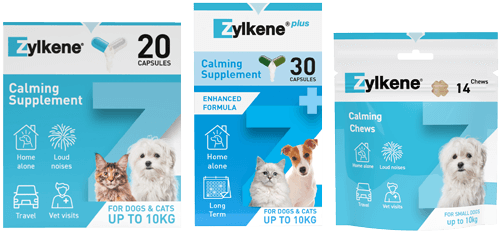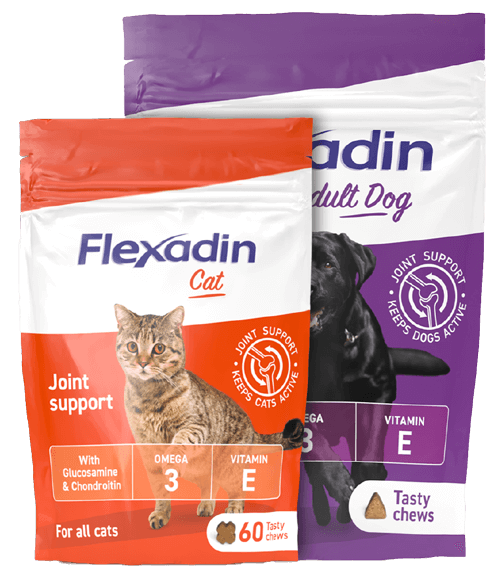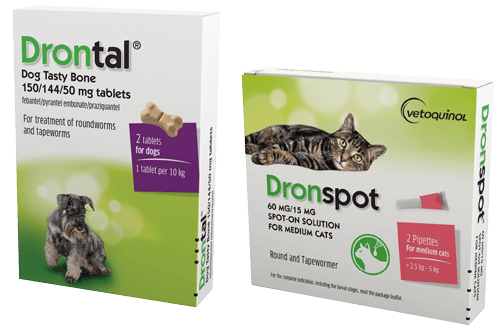
In our modern lives we can travel a great deal and often we like our pets to come with us. Travel can be tough for our pets; yet a journey can often be greatly improved with a few simple changes. This practical guide aims to help make travelling a better experience for you and your pet on general travel, as well as car journeys, public transport and ferries.
If you’re thinking to leave your cat or dog at a home boarding, cattery or kennel while you’re travelling, read our pet boarding guide for tips and advice.
If you are travelling in summer, try and travel when it is cooler and there is more shade, either early in the morning or in the evening.
With dogs, feed well in advance of the journey, or even wait until you reach your destination as they travel better if they do not have full stomachs. Always make sure you are carrying water in a bottle for your dog with a clean bowl in case they need a drink. Cats can be fastidious and should ideally have access to food at all times if they want it.
If your pet is small enough to be carried, always use a carrier. Otherwise, you will need to keep your pet under control by using either a lead if on public transport or one of the securing options if in a car.
Is your pet covered for car journeys on your car or pet insurance? Does it make a difference to your cover?
Either ask your vet or use the internet. You want a vet that can speak English if you are going abroad and cannot speak the local language.
If you are going abroad, get their advice on how to prepare.
This allows travel to certain countries and entry back into the UK, but you will still need to meet all the requirements of your destination. This can take a while to organise, so it is advisable to start the process at least three months before travel. Check www.gov.uk/take-pet-abroad for the latest and more information.
These vary depending on the country. Pretty much all countries require that your cat or dog has a microchip and has had their rabies vaccine at least 21 days before travel. Some countries can require treatments for ticks, fleas and/or tapeworm 24-48 hours before. Additionally, you will need a microchip and proven in-date rabies vaccine and tapeworm treatments to re-enter the UK.
If your cat or dog is on medication, make sure that you are allowed to take it with you.
Use a calming supplement like Zylkene, as you get closer to your holiday, changes in the household will be noticed by your pets. Giving them Zylkene calming supplements can help them cope with the lead up to the holiday, especially when suitcases start to come out.
Make sure you have all of your resources for your pets, including their medications and supplements as you may not be able to buy them at your destination and familiar items such as toys or blankets to help make them feel safe.
Try and be calm and do not act differently, as your pet may pick up on your emotions.
Make sure you have all of your paperwork needed for the destination country. Additionally, if your pet has a pre-existing medical condition, a letter from your vet explaining the condition and treatment is helpful for any local vet at your destination, both at home and abroad.
It should be big enough for your cat or dog to stand, sit, lie down in a natural position and turn around easily.
It should not contain anything that could injure your pet or allow them to stick out a paw, head or tail that could get trapped. You must also be able to secure it firmly in a car to stop it moving around either by clips or straps.
Provide ventilation and fresh air – this ensures that they do not get too hot. Remember that a carrier might be in ‘still’ air conditions for a long time.
You should have food and water bowls inside the crate/ carrier that are fixed and preferably spill proof and can be easily refilled on longer journeys.
Have absorbent bedding – you can use several layers of newspaper with other absorbent material such as matting, which may need to be changed over a very long journey.
Leave the carrier / crate out for a few weeks before you travel to allow your cat or dog to get used to it.
Try feeding your cat or dog inside the carrier/crate or leaving treats inside it to create positive associations. Do this at least a couple of weeks before you need to use it.
When you travel, put familiar scent such as toys or blankets inside the carrier / crate with your cat or dog to make them feel as secure as possible.
Contact the ferry company prior to arranging travel to find out what their ‘pet travel’ policy is. Animals other than registered assistance dogs are not allowed in passenger areas on most ferry trips and passengers are not always allowed back to their cars during the journey. This will mean you may not be able to check on your pet during your ferry crossing. Depending on the length of your crossing you may be allowed or even required to place your pet in a carrier and take them with you rather than leave them in the car.
If you are travelling on a ferry, the same rules apply as with car travel with these additional points.


From calm to comfort,
hygiene to health.
Every step of the way











Vetoquinol UK Limited
Steadings Barn, Pury Hill Business Park, Nr Alderton, Towcester, Northamptonshire NN12 7LS